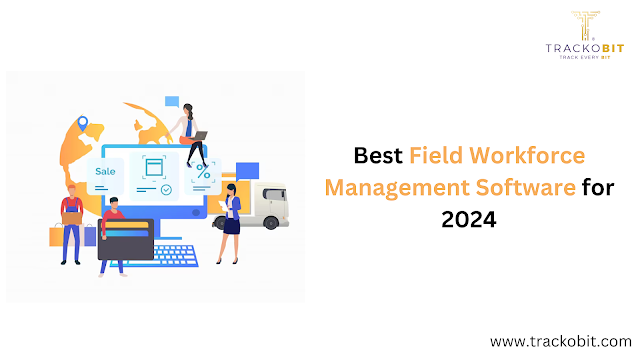What Are The Different Phases of a Supply Chain?
To the untrained eye, distribution systems appear straightforward. They place orders for goods and
services that are 'effortlessly' delivered to their door. However, consumers have no idea how much
work goes on behind the scenes to get that product to them.
From the perspective of a supplier, a supply chain must be constructed, and this supply chain can be broadly divided into three phases. These phases are first-mile delivery, middle-mile delivery, and last-mile delivery.
First-mile Delivery
The conveyance of finished goods from the manufacturer's plant to distribution locations is known as first-mile delivery. Products are dispatched from the manufacturer and delivered closer to the customers via first mile delivery. Closer, but not close enough for direct collection.
First-mile Delivery Challenges
Because only the manufacturer and their direct employees are engaged, first-mile delivery appears to be less complicated than middle- or last-mile delivery. However, it has its own set of issues and answers.
Low Accountability Touchpoints: There is no tight sense of accountability in first-mile delivery because no end-users are involved. As a result, the process may be disregarded, resulting in inefficiency. This procedure, however, may be as streamlined as the well-attended middle- and last-mile delivery phases with the help of fleet management solutions.
Difficulty in Tracking: Consignment can be pilfered or handled incorrectly in the first phase of the supply chain due to inadequate visibility in the first-mile delivery phase. Proper tracking using fleet management software overcomes the problem by introducing a sense of supervision into the operation.
Middle-mile Delivery
Once the products have arrived at the distribution facilities, they must be distributed forward and closer to the consumers. After all, while the country may only have three manufacturers, there may be as many as 20-1000 distribution locations for a single brand or product. Consumers are closer to distribution facilities, but not close enough for last-mile deliveries.
Middle mile delivery is complicated by the fact that each consignment vehicle must travel a significant distance. It is nearly impossible to tell whether or not things have arrived at the correct retail stores on time without effective tracking tools and strategies. First-mile delivery is simpler because the destination also reports to the factory!
Middle-mile Delivery Challenges
Many consider the middle-mile delivery phase to be the most critical. While last-mile delivery must be much more delicate and complicated, it is not available for many products. Middle-mile delivery, on the other hand, cannot be neglected, and the issues that come with it are as follows.
Managing Fleet Sizes: Because there are several beginning and finishing places, the number of vehicles participating in middle-mile delivery is considerable. Managing so many automobiles may become a laborious undertaking for anyone if done solely by hand.
Fluctuating Fuel Costs: Because most middle-mile delivery routes are long-distance, they consume a lot of gasoline. As a result, fleet managers may just calculate the amount of fuel each vehicle consumes and build a budget accordingly with the help of software. Managers can also adjust routes so that their fleet utilises the least amount of fuel possible.
Last-mile Delivery
Last-mile delivery is without a doubt the most difficult bean to crack. Why? Because the starting and ending points are infinite and the turnaround time is insignificant. Furthermore, due to the large number of persons and vehicles engaged in the process, last-mile delivery is particularly difficult to track.
Last-mile delivery may not be an essential step in all supply chains. However, with the introduction of online purchasing, the demand for last-mile delivery has multiplied. A growing number of customers want things delivered right to their door, and fleet management systems must adapt.
Challenges in Last-mile Deliveries
Suppliers in the final leg of a supply chain confront numerous hurdles. There is, however, nothing that a good fleet management system cannot assist with. Here are some of the most significant problems that suppliers encounter in last-mile delivery software operations.
Consumer Expectations: Since the advent of ecommerce, same-day deliveries, and hyperlocal deliveries, consumer expectations have increased beyond bounds, making it difficult for delivery services to manage such issues.
Complex Trip Planning: It is difficult to deliver supplies to several sites in one day, especially when poorly managed. Software management can assist providers in managing routes and delivering people in the most cost-effective and time-efficient manner possible.
Summing Up
No matter what part of the supply chain you want to optimise, we have the solution for you. You could either use TrackoBit (for first and middle mile) or TrackoMile (for last-mile) and get the results right away.


.png)
.png)
Comments
Post a Comment